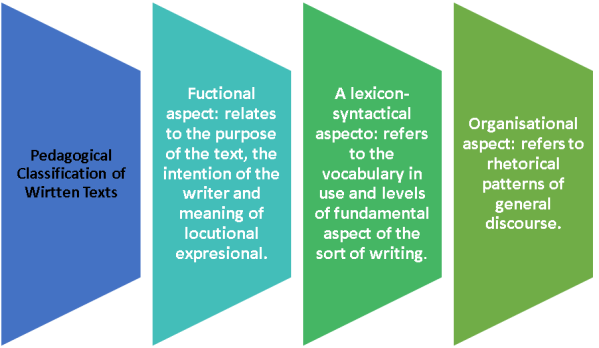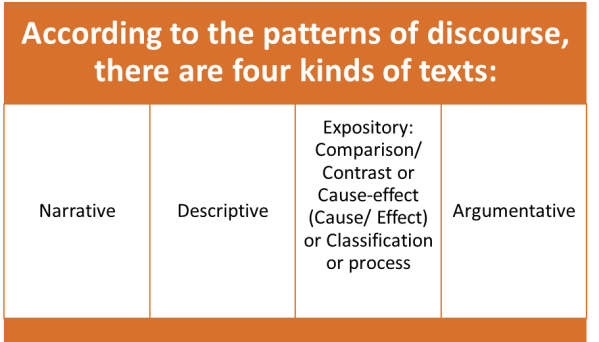“International Standard Teacher Certifications”
(TESOL), Teaching English to Speakers of Other Languages
(TEFL), Teaching English as a Foreign Language
(TESL), Teaching English as a Second Language
(CELTA), Certificate in Teaching English to Speakers of Other Languages
Confused about what they are and their differences:
Teaching Certificates for future teachers:
Let´s start with the first one, TESOL: this one encompasses the other certifications about English Language Teaching. This is designed to teachers who teach the lingua Franca to speakers who does not speak the language as their mother tongue.
The second one is TEFL: This prepares the teacher to teach English in context where the learners are not active users out of the classroom. This is also a certificate that prepares you to teach NNEST in a foreign country.
The third one is TESL: this in opposite to the previous one is based on contexts where English is the first language of the learners and the teacher is prepared to teach it to students interested in learning their mother tongue. It is also to prepare teachers who wish to teach NNEST in English speaking countries.
The last one is CELTA: this is meant to be a specific brand of TESOL course operating under the brolly of Cambridge University. You can think of TESOL as the type of product and CELTA as a derivational brand. This is also a respected course and is the best known. The vast majority of teachers consider it the most recognised of TESOL courses. There are other well-known TESOL courses as well (Trinity TESOL or SIT TESOL); but, CELTA is by far the most internationally deemed accreditation.
Denomination according to the type of learner:
English as a Second Language, ESL: English is taught to learners whose context English is the primary means of communication in everyday routine. Learners learn their own language or students come to study it in English Speaking countries.
English as a Foreign Language, EFL: English is taught to learners whose context English is not used out of their school settings and people do not speak it actively in daily interactions.
ESL and EFL are already discussed, but how about these following ones:
English as an Additional Language (EAL) & English for Speakers of Other Languages (ESOL): these terms are used in context where learners are polyglots and English cannot be considered their second language because it would sound mistakenly inaccurate. These interchangeable terms are useful to experts who want to replace the ones above.
English Language Learner (ELL):
This is used in context where the learner is able to speak more than the L1 and L2, this one can also produce a L3 and L4. ELL is broader term and specialists can use it in places where there is a significant variety of cultural backgrounds.

For information, search for it on:
- https://www.eslconversationquestions.com/difference-between-tesol-tefl-tesl-celta/
- https://continuingstudies.uvic.ca/education-learning-and-development/news/these-acronyms-are-making-me-crazy-esl-efl-eal-ell-tefl-tesl-tesol-celta





























